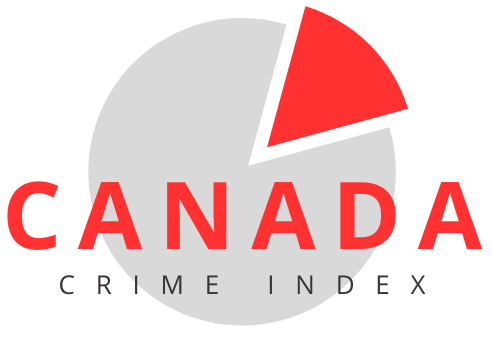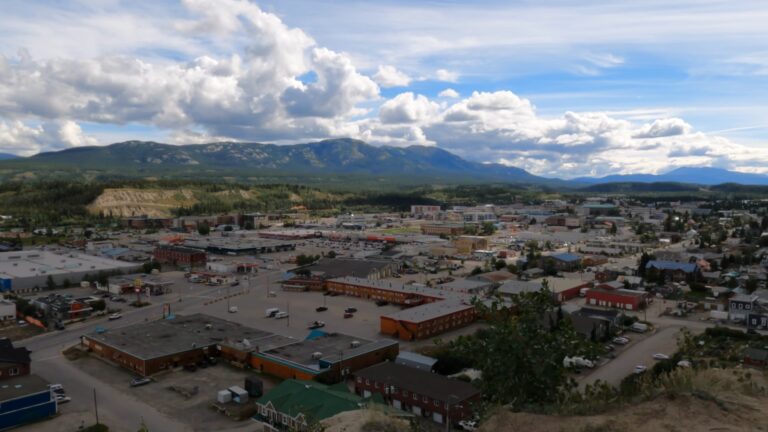Minimum wage policies play a crucial role in ensuring that workers receive fair compensation for their labor.
These policies are particularly important in regions with high living costs, as they help to alleviate poverty and reduce income inequality.
In the context of Canada’s labor market, Yukon minimum wage policy stands out for its efforts to provide workers with a livable income.
Of course, these things are never simple. They require detailed insight for us to understand them better.
Recent Increases in Yukon Minimum Wage
On 1 April 2024, Yukon’s minimum wage was set at $17.59 per hour by the local government, making it one of the highest in Canada.
Minimum wages in other Canadian provinces are the following:
| Province/Territory | Minimum Wage |
|---|---|
| Alberta | $15.00 |
| British Columbia | $17.40 |
| Manitoba | $15.30 |
| New Brunswick | $15.30 |
| Newfoundland & Labrador | $15.60 |
| Northwest Territories | $16.05 |
| Nova Scotia | $15.20 |
| Nunavut | $19.00 |
| Ontario | $16.55, increasing to $17.20 |
| Prince Edward Island | $15.00, increasing to $16.00 |
| Saskatchewan | $14.00, increasing to $15.00 |
| Quebec | $15.75 |
The $17.59 Yukon minimum wage represents a significant increase from previous years and is seen as a critical step towards reducing income inequality and improving the standard of living for all citizens.
Still, many voices claim that $17.59 simply is not enough to cover basic needs as we can see in a report done by CBC.
We can see that the decision has been met with mixed reactions, with workers and labor advocates praising the increase as necessary and overdue.
On the other side, some business owners express concerns about the potential impact on their profitability and ability to hire new employees.
2016-Present: CPI-Based Adjustments
In 2016, Yukon shifted to a more systematic approach to adjusting the Yukon minimum wage, linking it directly to the Consumer Price Index (CPI) for Whitehorse.
It is a change marked a significant departure from the traditional approach, as it introduced a more predictable and transparent method for determining wage increases.
The CPI-based adjustments were introduced following an agreement between the Liberal and NDP caucuses, who recognized the need for a minimum wage in Yukon that kept pace with inflation and the rising cost of living.
Under this new system, the Yukon minimum wage is adjusted annually based on changes in the CPI, ensuring that workers’ wages are more closely aligned with the cost of living.
The current CPI for Whitehorse is at 148.3, according to Statista.
The Yukon minimum wage increase in the last couple of years also used this formula.
These were the results:
| Date | Minimum Wage |
|---|---|
| April 1, 2020 | $12.71 |
| April 1, 2021 | $13.85 |
| August 1, 2021 | $15.20 |
| April 1, 2022 | $15.70 |
| April 1, 2023 | $16.77 |
The approach has been praised for its fairness and predictability, as it provides a more stable income for workers while allowing businesses to plan for wage increases.
The shift to CPI-based adjustments reflects a broader trend in labor policy towards more data-driven and equitable wage-setting mechanisms.
Comparison with Living Wage
The concept of a living wage is distinct from the Yukon minimum wage, as it represents the income necessary for a worker to meet their basic needs without financial hardship.
In Yukon, the living wage is often calculated specifically for Whitehorse, where the cost of living is particularly high.
The local anti-poverty group advocates for a minimum wage increase to $28.39, which they see as a living wage in the province.
- Housing
- Food
- Transportation
- Childcare
While the current minimum wage of $17.59 per hour is the highest in Canada, it still falls short of the living wage, which is estimated to be higher in Whitehorse due to the elevated cost of living.
This gap highlights the ongoing challenges faced by workers in Yukon, many of whom continue to struggle with affordability despite recent wage increases.
So we can see that the effects of the economic measures conducted by the local government do not bear much fruit for minimum wage workers.
The disparity between the Yukon minimum wage and the living wage raises important questions about the adequacy of current wage policies in addressing the real needs of workers.
It also underscores the importance of ongoing efforts to raise awareness about the living wage and advocate for policies that ensure all workers can earn enough to live with dignity and security.
While objectively, costs in Yukon are lower than in most of the country, it must be said that the earnings are also at a lower level, making the difference practically non-existent.
- The average monthly salary, after tax, is $3,280
- The average cost of living is $1,482
The report also shows us the costs of utilities:
- Utility Bill for one person – $116
- Utility Bill for a family – $178
All of this shows us that the minimum wage in Yukon is simply not going to be enough.
Exceptions and Special Considerations
While the Yukon minimum wage applies broadly across the territory, there are several exceptions and special considerations that impact how wage regulations are implemented.
For example, government contracts and certain commission-based positions may have different wage structures that do not align with the standard minimum wage.
Specific sectors such as taxi drivers and federal workers operate under distinct wage rules that take into account the nature of their work.
These exceptions can significantly impact overall worker compensation in Yukon, as they often result in lower wages for certain groups of workers.
For instance, taxi drivers may be paid on a commission basis, which can lead to earnings that fluctuate based on factors such as demand and working hours.
Similarly, federal workers in Yukon may be subject to wage rates set by federal rather than territorial regulations, which can differ from the minimum wage set by Yukon.
The existence of these exceptions raises important questions about wage equity and the extent to which all workers in Yukon can earn a fair and consistent income.
It also highlights the need for ongoing monitoring and evaluation of wage policies to ensure that they adequately protect the rights and interests of all workers, regardless of their sector or employment status.
Interesting Fact: The federal government has funded the Yukon government by $3.65 million to pay for foreign-trained health workers.
Debates and Economic Impacts
The evolution of the Yukon minimum wage has sparked significant debates about the broader economic impacts of wage increases.
Proponents of higher minimum wages argue that they are essential for ensuring that workers can meet their basic needs and that they help to reduce income inequality.
They also contend that higher wages can stimulate the local economy by increasing consumer spending, as workers have more disposable income to spend on goods and services.
According to IbisWorld, annual disposable income in Yukon is $125.3k, which makes it fourth best in the country, in this regard.
Critics of a minimum wage increase often point to potential negative impacts on businesses, particularly small businesses that may struggle to absorb the higher labor costs.
They argue that significant wage increases can lead to higher prices for consumers, reduced hiring, and in some cases, layoffs or business closures.
These concerns are particularly relevant in Yukon, where the cost of living is high, and many businesses operate on thin margins.
The economic theories surrounding the impact of a Yukon minimum wage increase are complex and multifaceted, with evidence to support both sides of the debate.
In Yukon, the challenge lies in finding a balance between ensuring fair wages for workers and maintaining a stable and sustainable business environment.
Interesting Fact: The tourism sector is the cornerstone of the Yukon economy and the biggest private employer.
The Bottom Line
The evolution of the Yukon minimum wage reflects a broader trend toward ensuring fair and equitable wages for all workers.
The balance between this and a living wage will remain a central issue.
The future of Yukon minimum wage policies will likely continue to shape the economy of the territory, influencing the lives of workers and the health of the local economy for years to come.
















